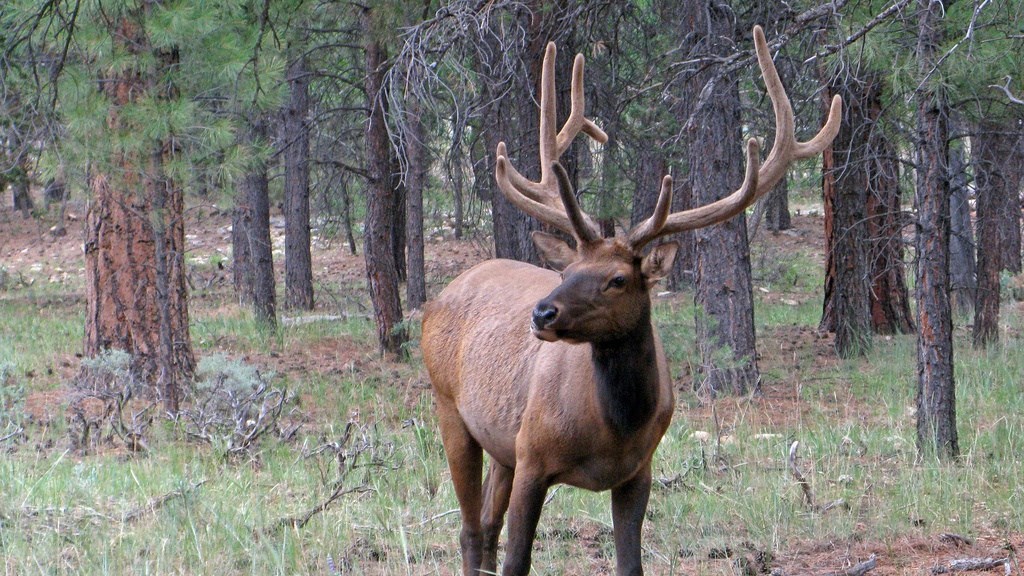
NPS Elk - Scientific Name: Cervus canadensisIdentification
Habitat
Behavior
Additional Information
Visit our keyboard shortcuts docs for details
Elk are one of the most dangerous animals in Grand Canyon National Park. They are not usually aggressive, but will defend themselves if people get too close. Please do not approach elk, and view them from at least 100 feet (30 m). |
Last updated: March 14, 2024
